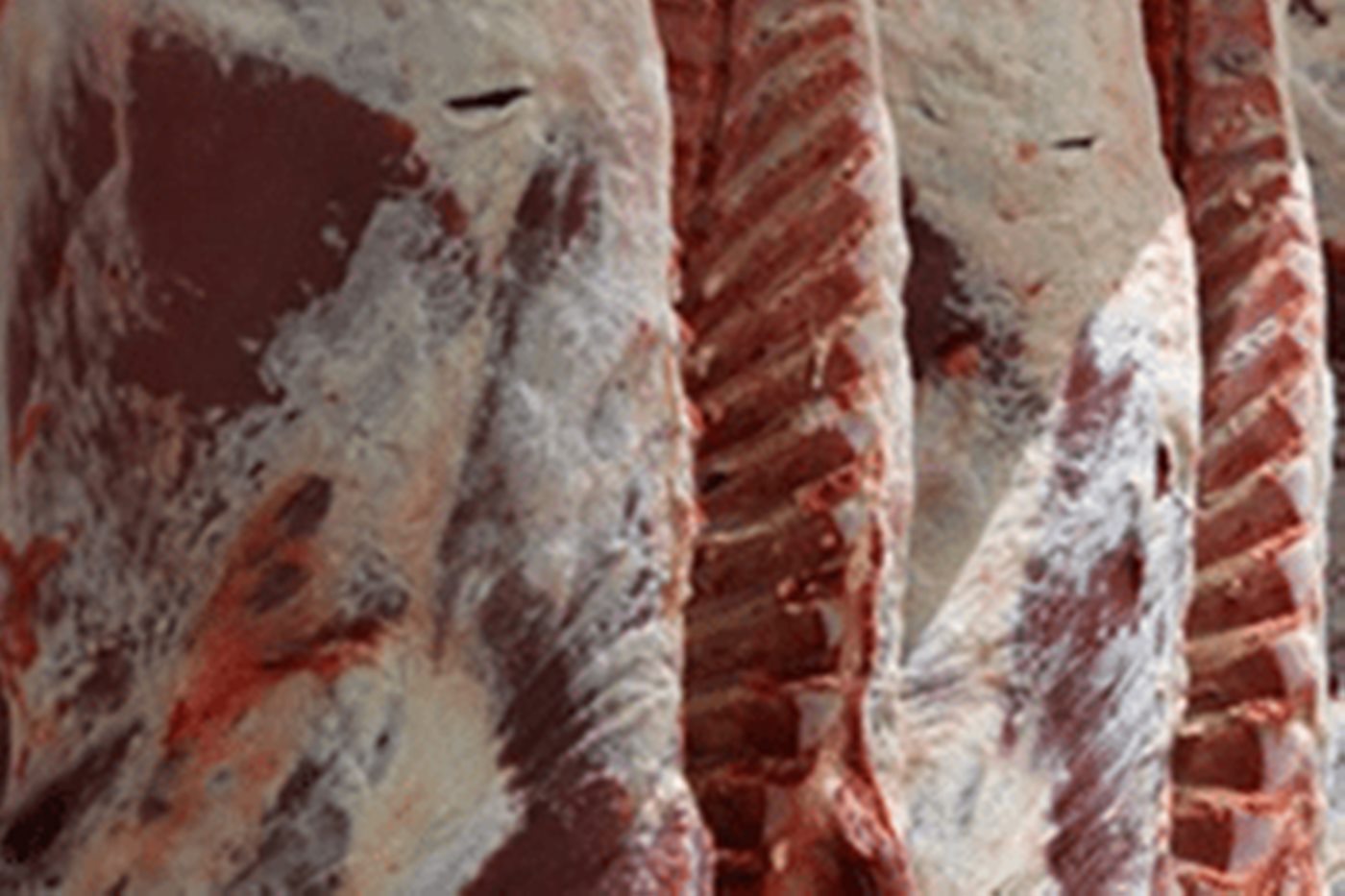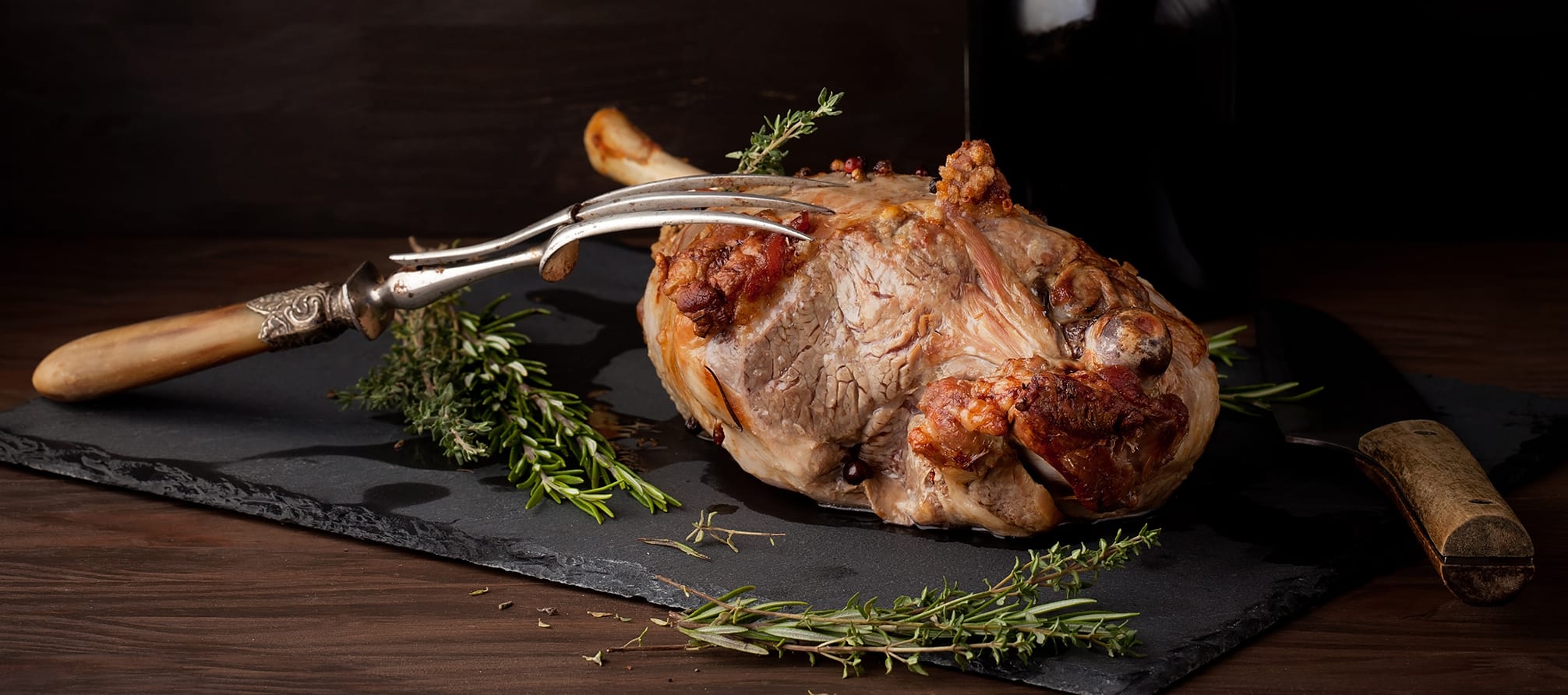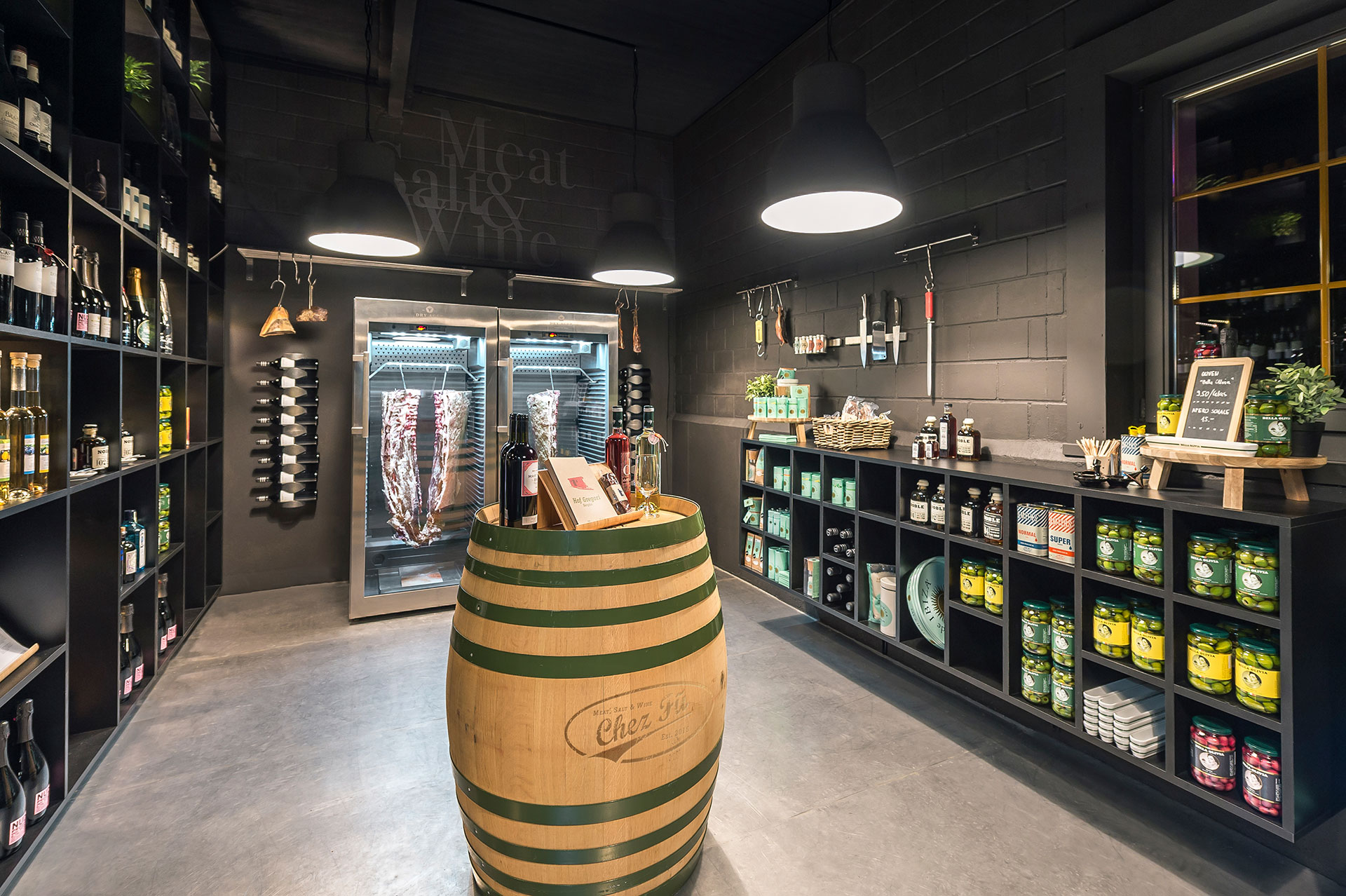Not only well-hung Dry Aged Beef must mature, but also the “normal” meat. For the animal to be consumed after slaughter, it needs the meat ripening. Here, chemical forces work to make the muscle meaty edible.
After the slaughter it becomes tough
After the slaughter, various processes occur by the stop of the oxygen supply. Glycogen and glucose in the anaerobic environment are degraded to lactate (lactic acid). This leads to a hardening of the fibrilla, the so-called muscle contraction. The meat becomes tough and firm. In the case of cattle, this phenomenon, which is also known as deadly stagnation, develops within 10-24 hours, in the pig in 4-18 hours and in the chicken in 2-4 hours. Only then does enzymatic meat maturation begin.
Enzymes make the meat soft
The enzymatic meat ripening can take from 1 to 8 days depending on the species. The lactic acid produced during anaerobic glycogenolysis is important for the success of maturation. The structure of the muscle fibers is resolved by the action of protein-cleaving enzymes, the proteases. The resulting lactic acid loosens the cell bandage so that cellular proteolytic enzymes can act on the muscle tissue and can break the hardened muscle gland. This makes the meat tender again. For the further improvement of the consistency, vegetable proteases, such as papain, an enzyme-cleaving enzyme of the papaya fruit, are partly used in meat maturing. The meat is treated with papain before hanging.
Dry Aging
The dry aging beef may take 3-8 weeks. Meanwhile, developing the special flavors that do not show with a shorter maturation period. By oxidation and evaporation of water formed during the Dry Aged meat ripening a crust, under which the enzymes and proteins can work on a full taste experience. While in the shorter meat maturation under vacuum, the lactic acid dominates taste, produced during the Dry Aged maturing a spicy taste, et al by monosodium glutamate. It is a natural flavor enhancer and the model for the artificially produced glutamate, which is known from ready meals. In the longer ripening period of dry-aged beefs up also improves tenderness by the enzyme activity.













